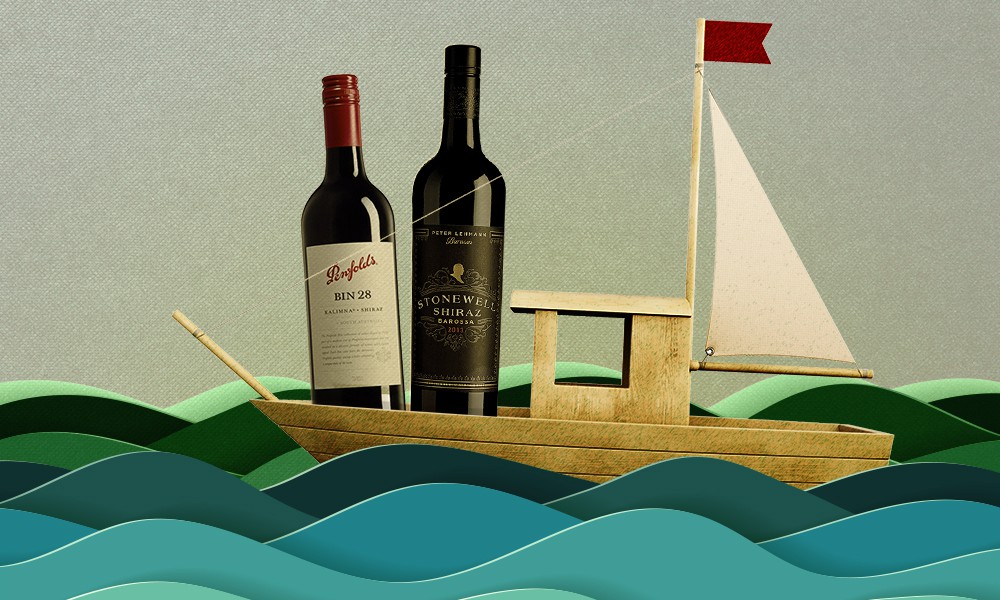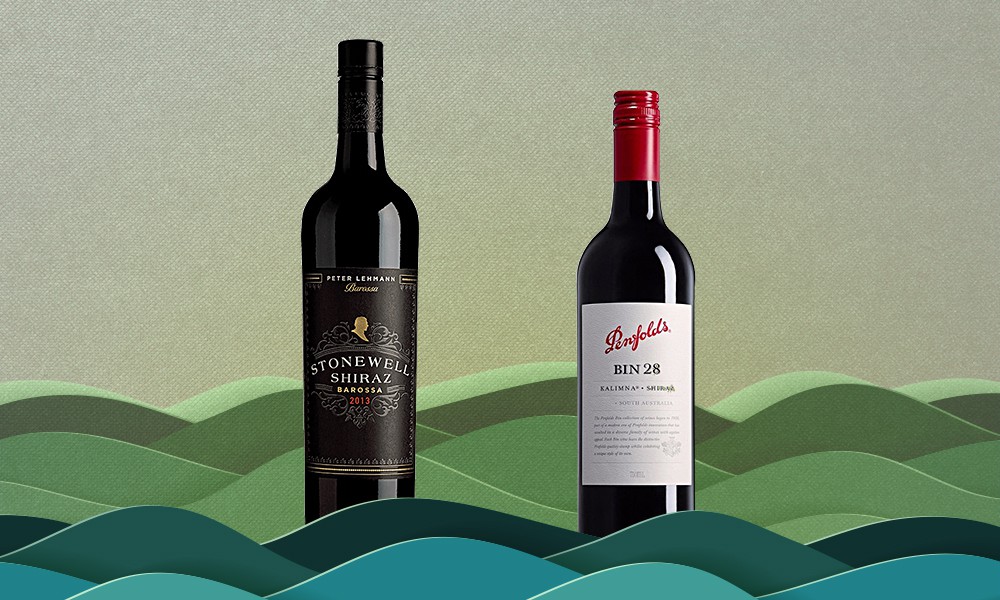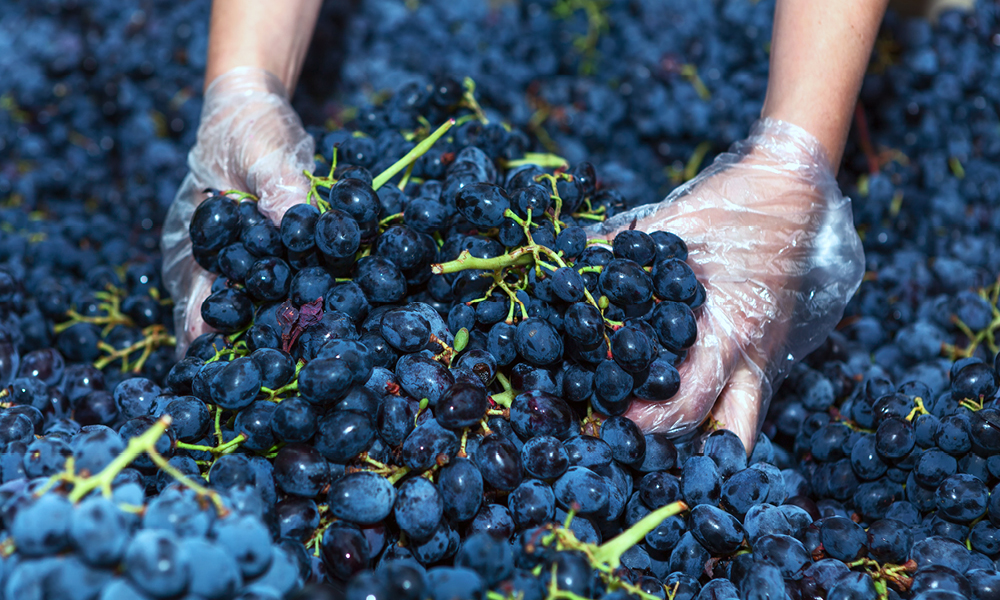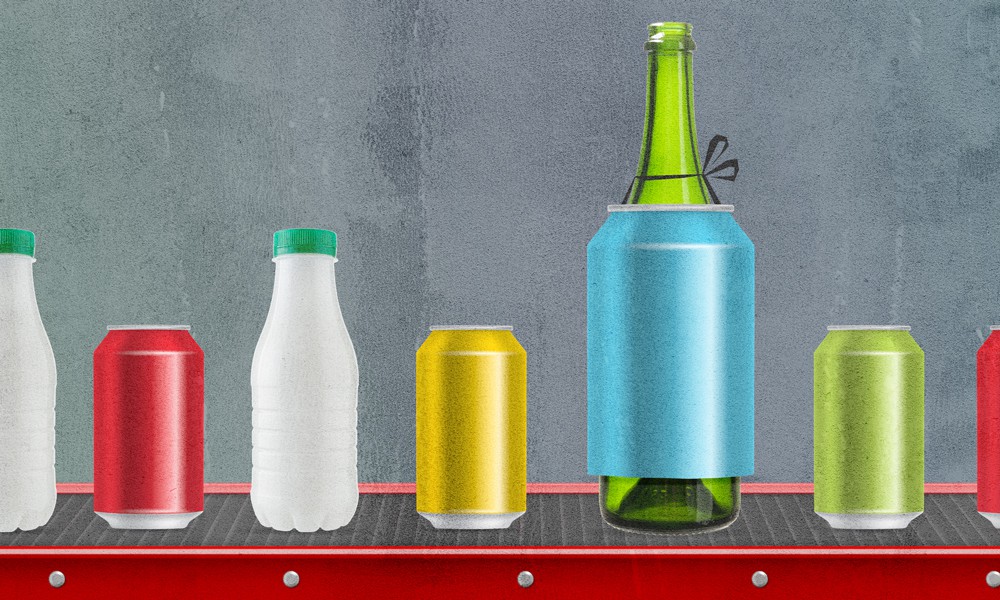The recent announcement of a five-year extension to import tariffs for Australian wine into China has presented Australian consumers with an opportunity to grab some bargains.
The wine trade with China has been booming for some years now. In 2020 alone, Wine Australia reported that exports to China amounted to A$1.15 billion and far exceeded the sum of the next three top countries (United Kingdom $456m, United States $434m and Canada $192m).1
Australian wine amounts to a quarter of all wine imported into China – a market that in 2018 consumed 59 million cases of imported grape wine valued at nearly US$9.7 billion.2 This boom has fueled the Australian wine industry and likely contributed to increasing prices for some of our most iconic and sought-after brands.
Without the value and quantity of wine exported to China, the Australian wine industry faces the stark scenario of having to look to other already saturated markets and increased domestic consumption to ensure survival.
We are already starting to see discounting of some premium wines for the Australian market and this may make the coming reckoning for Australian wine a good time to buy fine wine at home. The longer term situation, however, will inevitably be less rosy.
So how did we get here?
In the year ending December 2019 Australian wine exports to China surged 12% to close at a record A$1.28 billion and for the first time Australia became the number one country of origin for wine imported into China, overtaking France.
In August 2020 the Chinese Ministry of Commerce (MOFCOM) announced an anti-dumping investigation into Australian wine producers over concerns raised by Chinese winemakers that the Australians were selling wines into China at less than the cost of production with the aid of subsidies to thwart the growth of the local Chinese industry.
After 31 companies completed initial questionnaires about their production, sales and levels of Australian Government support, the Chinese Government focused their attention on Treasury Wine Estates, Castella and Australian Swan Vintage (now a part of the Auswan Group) for detailed consideration in September 2020. These companies represented both high volumes of exported bottled wine and high-profile names.
- Treasury Wine Estates produces Penfolds, Wolf Blass, Lindeman’s, Seppelt, Wynn’s Coonawarra Estate, Pepperjack, Rosemount Estate and Yellowglen, among other brands.
- Castella produces Peter Lehmann Wines, Brand’s Laira of Coonawarra, Morris of Rutherglenn, Baileys of Glenrowan and Yellowtail, among others.
- Australian Swan Vintage produces Auswan Creek wines and Blue Lobster.
The three exporters were allowed 37 days to complete the inquiry. At the time, Tony Battaglene, the chief executive of Australian Grape and Wine, the national association for Australian wine producers, told the ABC:
“It’s 80 pages long, it’s incredibly intrusive information on your cost of production, your brands, everything about your sales channel, your shareholders, your ownership.”
During September and October exports of Australian wine to China boomed as purchasers stockpiled wines to guard against the future announcement of restrictions on imports. Wine Australia figures show almost a doubling of Australian wine exports to China during these months compared with the same period in 2019.
MOFCOM announced on 27 November 2020 that the ‘initial findings’ of the anti-dumping investigation showed that there has been ‘material injury’ to the domestic wine industry. In response, a suite of tariff measures on imports of Australian wine in containers of two litres or less were introduced, effective from 28 November for four months (ending 28 March 2021).
The base tariff rate of 212.1% was applied to general imports and differing rates were noted for particular companies. Treasury Wine Estates received a 169.3% tariff, Castella received a rate of 160.2% and Australian Swan Vintage received just 107.1%.
Australian Grape and Wine said in response to the measures:
“Australian Grape and Wine is deeply disappointed that the Chinese Ministry of Commerce (MOFCOM) has today announced the imposition of preliminary anti-dumping tariffs on Australian bottled wine imports. The tariffs range from 107% to 212% and will apply from Saturday 28 November 2020.
“This restriction on Australia’s exports to China will adversely impact the wine sectors of both countries. It will also be particularly disappointing for the millions of Chinese consumers who enjoy Australian wine, and the distributors in China who have built relationships with Australian wine businesses. Given the size of the tariff, Australian winemakers will now be forced to consider alternative markets for export sales.
(…)
“While we are disappointed with this development, our members will continue to cooperate with MOFCOM as the investigation continues, working towards an outcome that is consistent with the facts of the case, and supports the growth of the wine industry in Australia and China.”
In the wake of the announcement, Australian wine exports to China crashed and Wine Australia reported a sharp decline in export volumes and value in the final two months of 2020. This led to a decline of value in wine trade with China for the whole year of 14% to $1.01 billion and a decrease in volume of 29%.
Giving evidence to Senate Estimates in March 2021, the Department of Foreign Affairs and Trade’s Dr Jennifer Gordon told the committee:
“Wine exports have fallen to less than a million dollars in January 2021. We exported $164 million worth of wine to China in October [2020], which was higher than normal because there was warning of the trade sanctions being applied, so there was a bit of a stockpiling effect. But since then, unfortunately, we haven’t been able to divert as much wine to the rest of the world, so there is a net cost to the wine industry.”
On 26 March 2021 MOFCOM announced that it would impose anti-dumping duties from 116.2% to 218.4% on imported Australian wine, effective from 28 March and lasting for five years. In making the announcement, China’s Global Times reported:3
“According to the ruling, dumping and subsidies have occurred in imported Australian wine, which caused substantial damage to the Chinese wine industry.”
It further noted, “the five-year anti-dumping rate could completely wipe out Australian wine’s competitiveness in the Chinese market. Small-scale Australian chateaus would eventually lose the Chinese market, while large Australian wine-makers such as Treasury Wine Estates would also be scrambling to survive.”
With 60% of all Australian wine produced for export, the new five-year tariffs into China will have a transformative effect on the domestic wine industry.
So where to from here?
Wine producers with a focus on achieving exports will need to reconsider their markets and focus on increased competition in the Australian domestic market. Many producers will have significant stockpile volume production issues to resolve and selling at home will be an attractive solution.
This is probably good news for consumers as increased supply will likely have downward pressure on prices. A good example is the reasonably blunt but effective economic index I have called the Penfolds Bin 28 Kalimna index.
At release, Penfolds pegged its 2017 Bin 28 Kalimna at $50 a bottle. A quick survey of major retailers revealed online prices between $39.90 and $41.85 a bottle – a sale discount of up to 20%. The current release vintage the 2018 Bin 28 Kalimna was launched again at $50 a bottle. A quick survey for this vintage revealed online prices between $39.95 and $50 a bottle, again representing a deep discount of up to 20% on release pricing.
Taking a different example, the Peter Lehmann Stonewell Shiraz 2013 is listed at $100 a bottle from Peter Lehmann. The same survey of major retailers revealed online prices between $61.25 to $92, representing a discount of around 39% on release pricing.
Given the recent changes to exports, over the coming year, purchasing fine Australian wine from exporting producers is looking like good buying at home. It might be time to consider laying down a few more wines in the cellar before production contracts to meet the change in demand.
Footnotes
1 wineaustralia.com/news/media-releases/australian-wine-exports-slow-due-to-china-tariffs#:~:text=Australian%20wine%20exports%20slowed%20in,latest%20Export%20Report%20released%20today.
2 wineaustralia.com/market-insights/china.
3 globaltimes.cn/page/202103/1219535.shtml.














Share this article